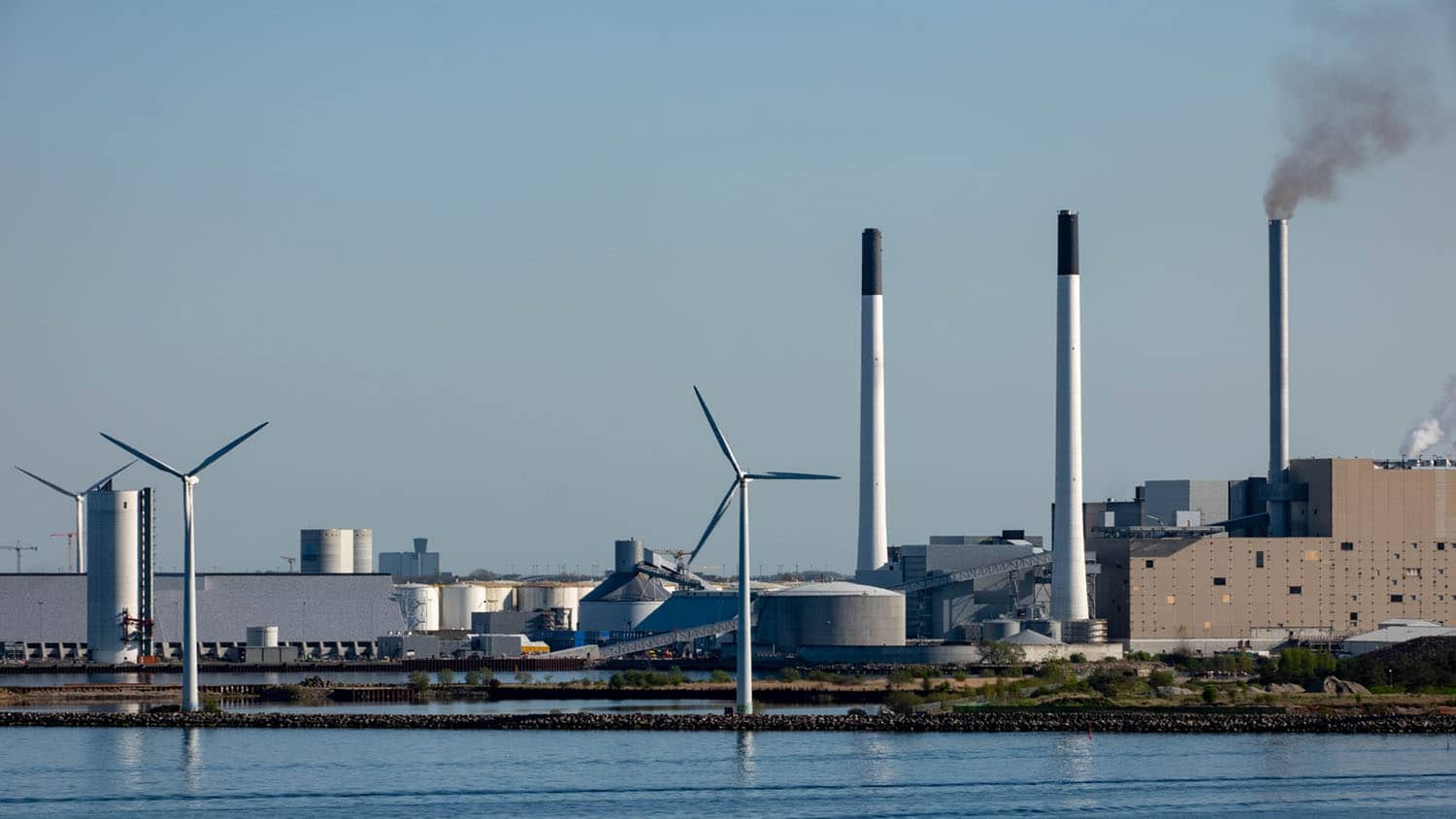Voluntary Pledges Could Cut Utility GHG Emissions by a Third

For Immediate Release
An analysis of pledges made by many of the largest U.S. electric utilities to reduce greenhouse gas (GHG) emissions suggests that pledged reductions could reduce power sector emissions by a third as compared to 2018 levels. The study also found that about one-seventh of the cuts utilities have promised are reductions they would have to make anyway due to existing state requirements.
“In the absence of comprehensive federal requirements, a lot of large utilities have made voluntary pledges to reduce GHG emissions,” says Christopher Galik, corresponding author of the work and an associate professor of public administration at North Carolina State University. “The challenge that we address in this work is to do a comprehensive accounting of what these utility pledges – assuming they are met – might collectively achieve in terms of new, net aggregate GHG emission reductions.
“One reason that this is so challenging is that the pledges are all framed and tracked differently, so it’s like comparing apples to oranges,” Galik says. “What’s more, it wasn’t previously clear how much these pledges go beyond requirements that call for renewable energy production or emission reductions at the state level.”
To address these issues, the researchers examined 36 major electric utility pledges stretching across dozens of subsidiaries and operating territories in 43 states.
“We found that about a seventh of the pledged emission reductions were redundant – utilities would have made those cuts anyway under existing state requirements,” Galik says. “However, that means there’s still significant potential to go above and beyond what utilities would be required to do. This is particularly important in those parts of the country where there are no existing renewable energy production or GHG reduction requirements on the books.”
Altogether, if utilities actually meet their pledged goals, the power sector’s emissions could go down more than 30% by 2050, compared to 2018 levels.
“The biggest variable here will be whether utilities actually meet their pledged goals,” Galik says. “But because climate change is such a pressing concern, it’s still important to understand the potential impact of these pledges, particularly to inform future policy decisions at the federal level. In other words, if you want to develop policies to really move the needle, you need to know where things may already be headed.”
The paper, “Major U.S. Electric Utility Climate Pledges Have the Potential to Collectively Reduce Power Sector Emissions by One-Third,” is published in the journal One Earth. First author of the paper is Diana Godlevskaya, a recent graduate of NC State. The paper was co-authored by Noah Kaufman of Columbia University.
-shipman-
Note to Editors: The study abstract follows.
“Major U.S. Electric Utility Climate Pledges Have the Potential to Collectively Reduce Power Sector Emissions by One-Third”
Authors: Diana Godlevskaya and Christopher S. Galik, North Carolina State University; and Noah Kaufman, Columbia University
Published: Dec. 17, One Earth
DOI: 10.1016/j.oneear.2021.11.008
Abstract: The power sector represents 25% of US total greenhouse gas (GHG) emissions. In the absence of comprehensive federal climate policies, numerous US electric utilities have announced GHG reduction pledges. The extent to which they can mitigate emissions beyond existing state and regional policies remains unclear, however. We compile 36 major utility pledges in place as of December 2020 across over 80 utility subsidiaries and operating territories, and compare pledged reductions with those achievable under existing state and regional renewable energy production or emission reduction requirements. We show that one-seventh of utility pledged reductions may already occur under existing state and regional policies, but nonetheless have the potential for substantial net emissions reductions, an amount equivalent to one-third of 2018 US power sector emissions. Though challenges remain to tracking achievement of pledged reductions, voluntary reduction efforts may thus play a vital role in climate change mitigation.


